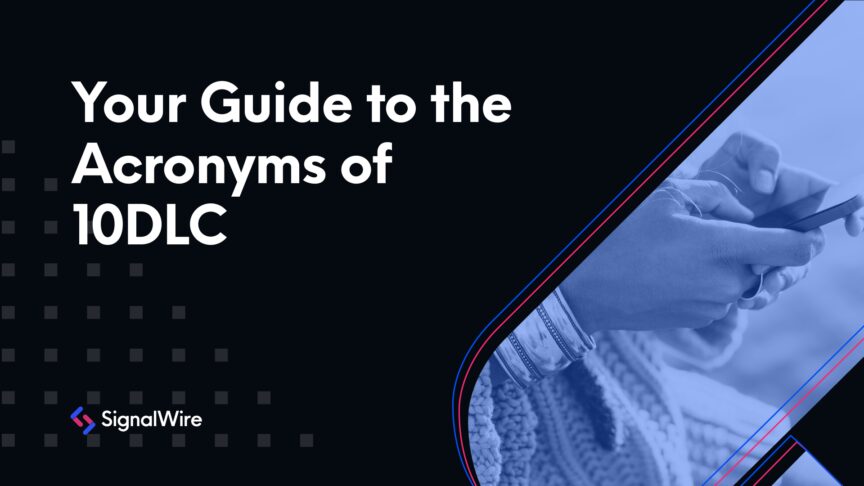T-Mobile recently notified their partners that they are implementing a new $250 passthrough non-use fee for 10DLC campaigns that are not sending active messaging traffic over a rolling 60 day period beginning December 1st, 2022. This means T-Mobile is expected to assess their first round of fees starting on February 1st, 2023. The fee is expected to recur on a monthly basis after the initial 60 days of inactivity, until the campaign becomes active or is deactivated through The Campaign Registry (TCR).
How is the fee being assessed, and how will I know if I was charged?
This non-use fee, which may also be referred to as an inactivity fee or inactive campaign fee by some providers, is a fee assessed to Campaigns that are not sending active traffic to a T-Mobile handset for 60 consecutive days.
Note that the fee is assessed at the Campaign level, so each Campaign will be assessed separately even if they are under the same Brand. In its current state, only 10 Digit Long Code (10DLC) numbers are impacted by this fee. Shortcode numbers and Toll Free numbers are not included.
Because this is a passthrough fee, how it is presented will vary depending on the provider handling your Campaign.
What is a passthrough fee, and why is my provider charging it?
In general, a passthrough fee (sometimes written as ‘pass-through fee’ depending on your provider) is a fee that is assessed by an upstream partner relating to a specific Campaign, Brand, or other entity. These fees can come from several sources and are ‘passed through’ to the entity that was charged.
In this case, T-Mobile is the entity charging the fee. They are a Mobile Network Operator (MNO) - sometimes called a Mobile Carrier - a company that provides mobile or cellular service on its own network of radio towers and switches. This fee is assessed by T-Mobile to ensure campaigns remain active and are being deactivated when no longer in use.
The fee is then passed on to the Direct Connect Aggregators (DCAs). These companies directly connect to the MNO’s gateways and transmit messages on behalf of their customers. There may be multiple DCAs involved, but the fee will be passed through them to the Campaign Service Provider (CSP), which provides messaging services to its customers. A CSP works with its customers (aka Brands) on their messaging Campaigns. SignalWire is a CSP, and passes the Campaign non-use fee on to the Campaign owner, aka the Brand.
You may have seen other passthrough fees in the past, such as the DCA Vetting fee. More information on fees can be found on our Pricing page including other passthrough fees and the conditions leading to them.
Note: New to The Campaign Registry (TCR)? Check out our roundup of common terms, our primer on TCR, and our beginner’s guide to getting registered.
How can I prevent this fee from being charged to my Campaign?
In order to avoid being charged T-Mobile’s non-use fee, the following criteria should be met:
Ensure that you have at least one number assigned to each unique Campaign.
Maintain an ‘active’ status with your Campaigns. To show use, you must send at least one message to a T-Mobile handset every 59 days from each unique Campaign. This frequency can be adjusted to ensure you have time to re-send if there are any unexpected issues.
If you need to deactivate any Campaigns that are no longer in use, you can do so directly through TCR or through the provider managing your Campaigns. If you’re a SignalWire customer, we can deactivate your Campaigns upon request (please reach out to support@signalwire.com or use the ? Help icon in your Space Dashboard to open a ticket).

